As photographers, our medium is light, yet some of the most dramatic and evocative images we take are when there is a distinct lack of light, in other words, evening or night photography. In this article we aim to give you a few tips on getting the best out of your night photography.
Night photography can be split into to distinct timeframes, the hour just after sunset, l'Heure Blue as the French call it, which translates as the Blue Hour and the time after, the night proper. The two need slightly different approaches and can give very different results.
Tips for Shooting in the Blue Hour
l'Heure Blue is in many ways perfectly described, it is the time after the sun goes down when the sky and the shadows become a dark rich blue. The first thing you need to do is pick your subject carefully, by its very nature the Blue Hour still leaves a little ambient light mixed in with the artificial light. Architecture, bridges and other large infrastructure subjects are good things to shoot at this time. Look for a subject that is well lit with artificial light as well having enough space around to show some of the detail in the sky. It is that combination of the rich blue with the orange, red and yellow of the artificial light that makes these images so potent.
A tripod is going to be your friend here, allowing you to keep to the slower shutter speed required with the optimum ISO for your camera. If you are shooting architecture, try to use a fairly small aperture to give you good depth of field.
To meter, use your camera’s spot meter or if it does not have it, then switch to center weighted and take a reading from the sky region only. Then add between one and one and a half stops to the exposure. Experiment around this point using your histogram not LCD as a guide. You will also need to work on your white balance if your are shooting jpg as the mixture of ambient and artificial light may cause cross colour problems. A better option would be to shoot Raw and correct in the post production, this has the double effect of giving you a better dynamic range as well.
The biggest issue you will have with the Blue Hour is its brevity. Depending on where you are in the world, the timespan for good shots can range from one hour down to just a few minutes. For this reason, prepare, arrive early and concentrate on just one subject to maximize your effectiveness.
The Keys to Better Night Photography
Night Photography can yield very different results to the Blue Hour. Gone is the deep blue of the sky, replaced by an inky black darkness. The contrast between this darkness and the bright lights of your subject can make exposure challenging as can finding a subject itself. City skylines work well, the light pollution of the city eliminating too many dark pockets in the image. The obligatory use of a slow shutter speed can be put to good use in capturing the light trails of vehicles as well as blurring reflections on water.
Unlike film, digital cameras do not suffer from reciprocity failure, an effect where the color curves in a film cross, leading to all sorts of unpredictable results. Because of these you can use very long exposure times to capture as much detail as possible. Because the light is not going to change very much, experiment with your exposure using anything between 1/15 of a second all the way through to several minutes if your camera is capable. In order to get the very best quality, use an external timer to eliminate camera shake and if possible lock your mirror up before the exposure.
Use a sturdy tripod and if there is any wind then try to weigh your tripod down with your camera bag. One issue you may run into with very long exposures is noise, there is a technique for reducing this, exposure stacking. Because noise is random, by taking two identical exposures, you can merge the two in photoshop resulting in a dramatic reduction in the image noise. As with the Blue Hour, it is best to work in Raw, especially as you may have a range of different light sources.
This is just a small selection of ideas and tips for night photography, there are many other themes you can follow, such as painting with light, moonlit landscapes and astrophotography to mention just a few.
The beauty of digital photography is that you are free to experiment, review images instantly and find out what is working for you. Just don’t forget your tripod.
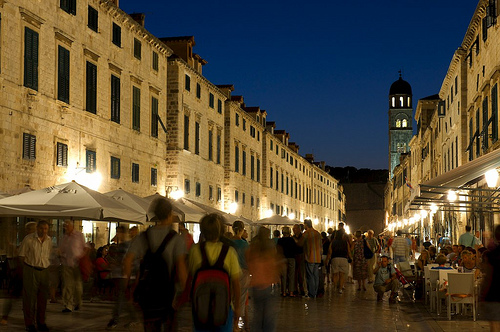
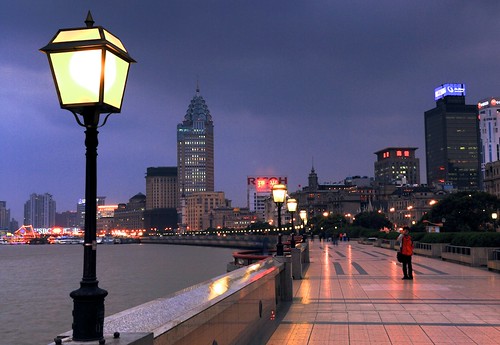
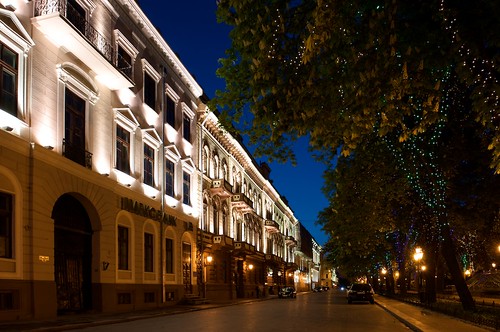
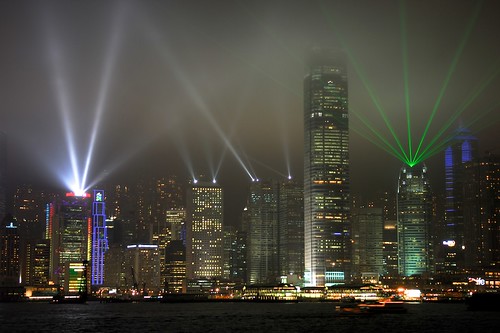
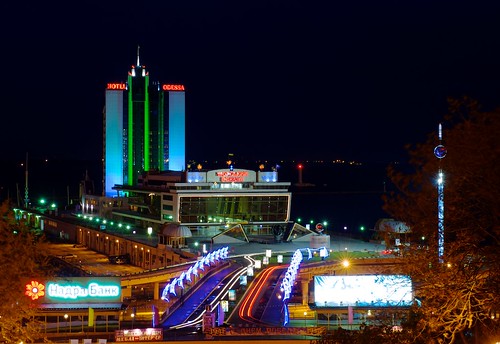





7 Comments
Thanks for the tips. This is a subject that I have still pending. I hope to be a good student.
Great just what I was looking for, for when I go to New York later this year. Thanks.
Thanks, will be very useful for the my next shoot.
Always have a tripod and a cable release and a penlight.
https://farm8.staticflickr.com/7217/7286278900_732f2e77d5_m.jpg
https://www.flickr.com/photos/natecochrane/7286278900/
Very good advice. Thank you!
I really like the Shanghai picture, looks so clean and clear!
In my work, no noise issues, even when bringing up shadow detail from black if I shoot at ISO 100. Shooting short exposures with shadows blacking out and recovered in Lightroom assures the dazzling highlights don’t lose their sparkle as they would if I was to blow them out to preserve shadows.